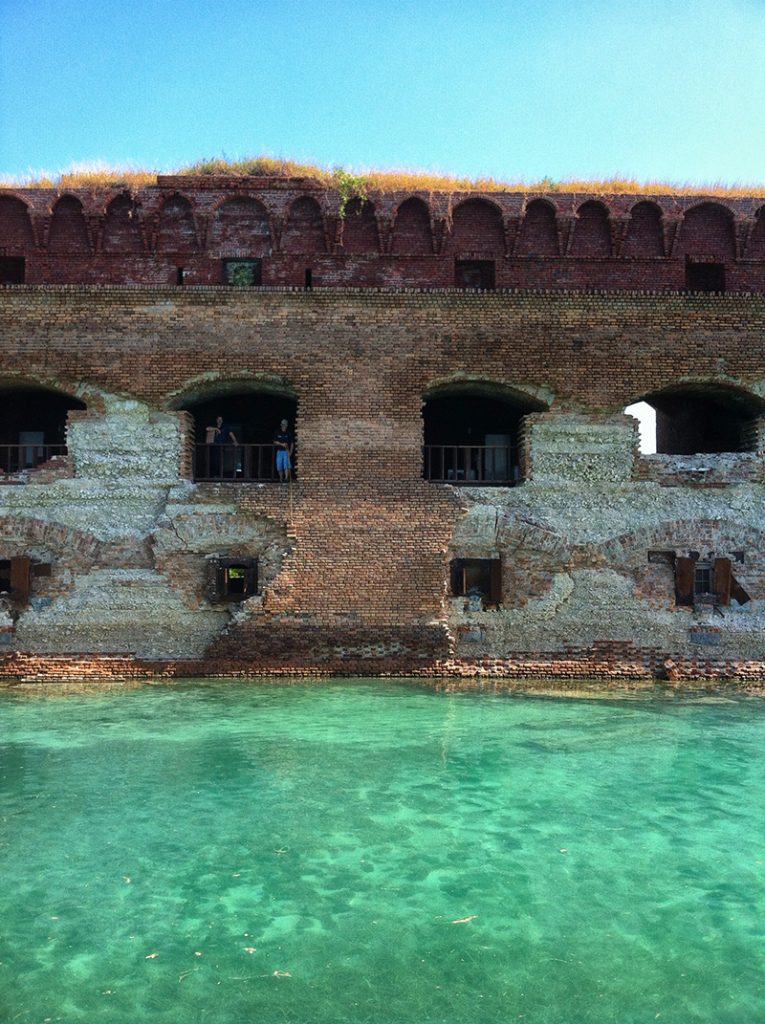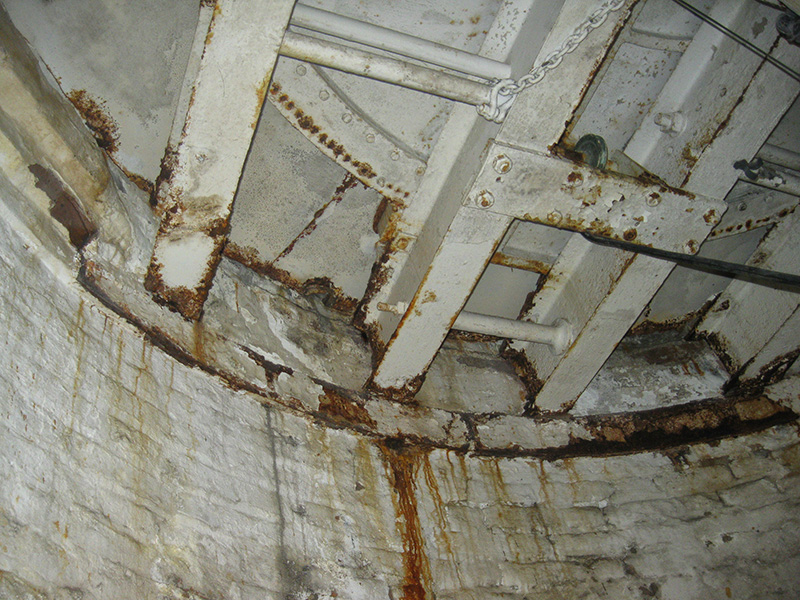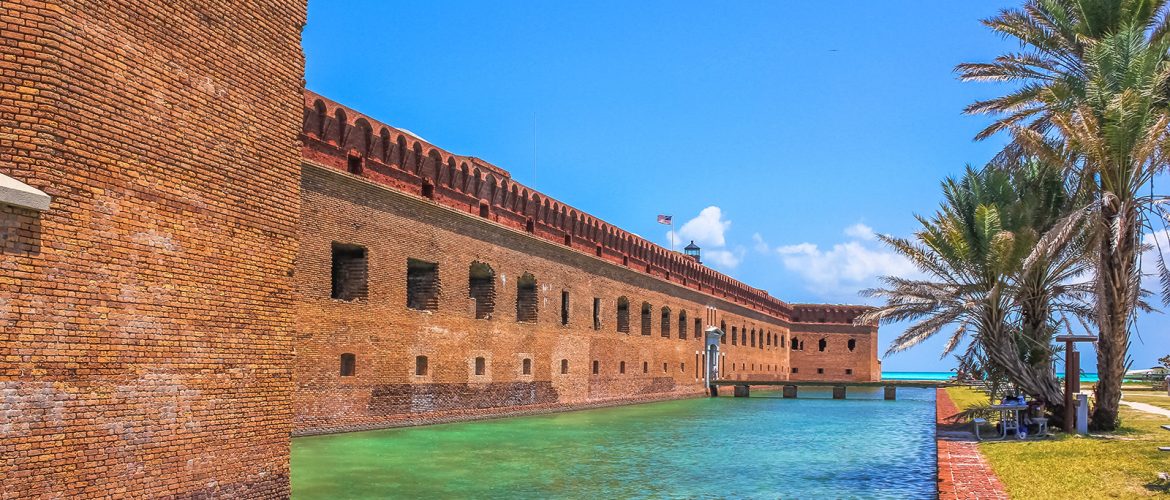Fort Jefferson





Challenge
A massive, but unfinished coastal fortress located in Dry Tortugas National Park, 70 miles west of Key West, Fort Jefferson is the largest brick masonry structure in the Americas, consisting of more than 16 million bricks and occupying 16 acres. The National Park Service wanted to determine whether extreme weather events and tides were contributing to detachment of the scarp wall from the two-tiered casemates. Both the age of the structure and its remote location created challenges for evaluation. Limited transportation options included once-daily boat service and expensive, unreliable seaplane flights.
Solution
Experienced with remote-location work, Atkinson-Noland & Associates created a detailed plan that would achieve client objectives while conserving resources. Based on the project scope and objectives, we transported and installed strain and crack vibrating-wire gauges, along with a full weather station and satellite modem. Installation took two days less than initial estimates and required no additional resources. We then performed in situ deformability tests with flatjacks on the multi-wythe brick masonry and the coral concrete to provide engineering properties for a structural analysis. In addition, we provided options for extending the monitoring period and for decommissioning the installed equipment at project completion.
Solutions Provided
A visual condition survey locates and identifies areas of damage and deterioration. Dilapidation, cracks, signs of movement, and other localized failures are mapped and documented on drawings to help determine scope of required repair work. Significant structural cracks are measured for size, location and directionality, where accessible. In addition, sources of deterioration and likely causes of damage are identified, along with repair recommendations, as applicable.
A flatjack is a flexible steel envelope, thin enough to fit within a masonry mortar joint. During testing, the flatjack is hydraulically pressurized and applies stress to the surrounding masonry. Flatjack tests can determine engineering properties of older and historic structures for structural evaluation, including in situ stress (ASTM C1196), masonry compressive modulus (ASTM C1197), masonry compressive strength (ASTM C1197), and mortar shear strength (ASTM C1531).
Structural analysis characterizes the structural response when subjected to a variety of conditions and actions, such as changing environmental conditions, new load requirements, etc. This assessment involves evaluating a structure under stress, deformation and displacements, and reactions. Nonlinear analysis through finite element (FE) modeling can be used to pinpoint the source of excessive stress leading to damage of the structure (e.g., cracking in tension, crushing in compression) when evaluated under service and ultimate load ranges.
Structural monitoring involves installing sensors to measure variables that affect the condition and performance of a structure. A monitoring system may track such parameters as crack movement, incline, temperature, and strain. Structural monitoring can help establish causes of distress and whether movement is still active to determine appropriate repair methods.
Result
The monitoring program provided valuable information regarding movement of the scarp walls of the fort. Data indicated that all movement was related to thermal cycling of the masonry. This conclusion was confirmed by correlations between weather data and crack and strain measurements. The project indicated that supplemental anchorage was not required between the scarp wall and the casements, preventing unnecessary disturbance to the 150-year-old fort.
Project
Fort Jefferson
Dry Tortugas National Park
Key West, Florida
Client
Robert Silman Associates
New York, New York
Partners
BDI, Inc.
The Collaborative, Inc.

